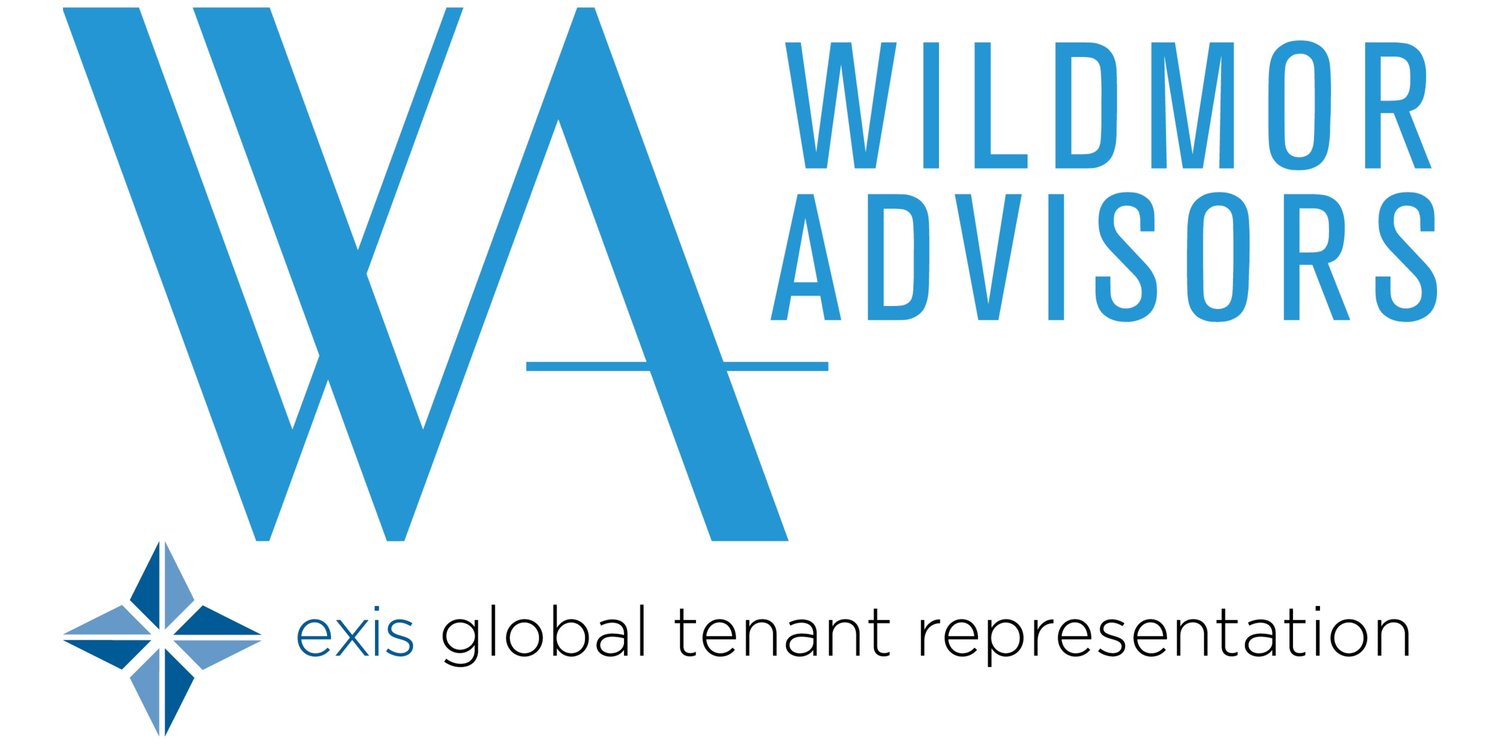Introduction
In the dynamic world of finance, few topics are as integral to economic growth and investment as interest rates. Commercial lending, the lifeblood of businesses, relies heavily on interest rates as a driving force behind borrowing decisions. As we find ourselves in the year 2023, with the global economy in a state of flux, we are witnessing a fascinating development: unprecedented interest rates on commercial lending. In this groundbreaking blog, we will delve into the uncharted territory of the current commercial lending interest rates, shedding light on their unique characteristics, potential implications, and strategies to navigate this unexplored landscape.
The New Era of Commercial Lending Interest Rates
Historically, interest rates on commercial lending have fluctuated within a predictable range, guided by economic indicators and central bank policies. However, the past couple of years have upended this conventional wisdom, ushering in an era of never-before-seen interest rate dynamics. Financial markets across the globe have witnessed a significant departure from traditional norms, bringing both challenges and opportunities for businesses and investors alike.
Negative Interest Rates: A Paradigm Shift
One of the most striking features of the current interest rate landscape is the emergence of negative interest rates in certain regions. Previously unimaginable, negative rates have disrupted the traditional understanding of borrowing costs. This extraordinary phenomenon occurs when central banks set their policy rates below zero, resulting in lenders paying borrowers for the privilege of holding their funds. While negative rates aim to incentivize spending and boost economic activity, they also introduce complexities and uncertainties for commercial lending.
The Impact on Businesses and Investors
Unprecedented commercial lending interest rates have wide-ranging implications for businesses and investors. On one hand, borrowing costs at historic lows offer an opportunity for businesses to access capital and expand operations. Reduced interest burdens enable companies to invest in innovation, undertake mergers and acquisitions, and pursue growth strategies. Simultaneously, investors seeking stable returns face significant challenges as traditional investment options struggle to generate meaningful yields.
Risk Management and Adaptation
Navigating this uncharted landscape necessitates robust risk management strategies. Both borrowers and lenders must reevaluate their approaches to adapt to the new dynamics. For borrowers, assessing the long-term viability of investments and closely monitoring cash flow projections become critical. Additionally, companies must explore alternative financing options and negotiate favorable terms to capitalize on low rates. Lenders, on the other hand, must reassess their credit risk models, as low or negative rates introduce potential challenges in achieving adequate returns on investments. Moreover, exploring diversified lending options and innovative financial products may help lenders maintain profitability.
The Role of Central Banks
Central banks play a pivotal role in shaping commercial lending interest rates, particularly during times of unprecedented conditions. As they strive to balance economic growth, inflation targets, and financial stability, central banks must adopt a nimble and proactive approach. Communication and transparency become essential to manage market expectations and instill confidence. In this unique environment, central banks must employ unconventional monetary policy tools and closely monitor the potential risks associated with negative rates, ensuring that the benefits outweigh the drawbacks.
Conclusion
The current era of unprecedented interest rates on commercial lending is a testament to the ever-evolving nature of the global economy. Negative interest rates, once thought to be implausible, have become a reality in select regions, reshaping the landscape of borrowing and investing. As businesses and investors adapt to this uncharted territory, the ability to embrace innovative strategies, manage risks, and capitalize on opportunities will determine their success. While the future path of interest rates remains uncertain, this unique period offers valuable lessons and insights for all participants in the commercial lending arena. By staying informed and agile, businesses and investors can navigate these uncharted waters and thrive in the ever-evolving financial landscape.




